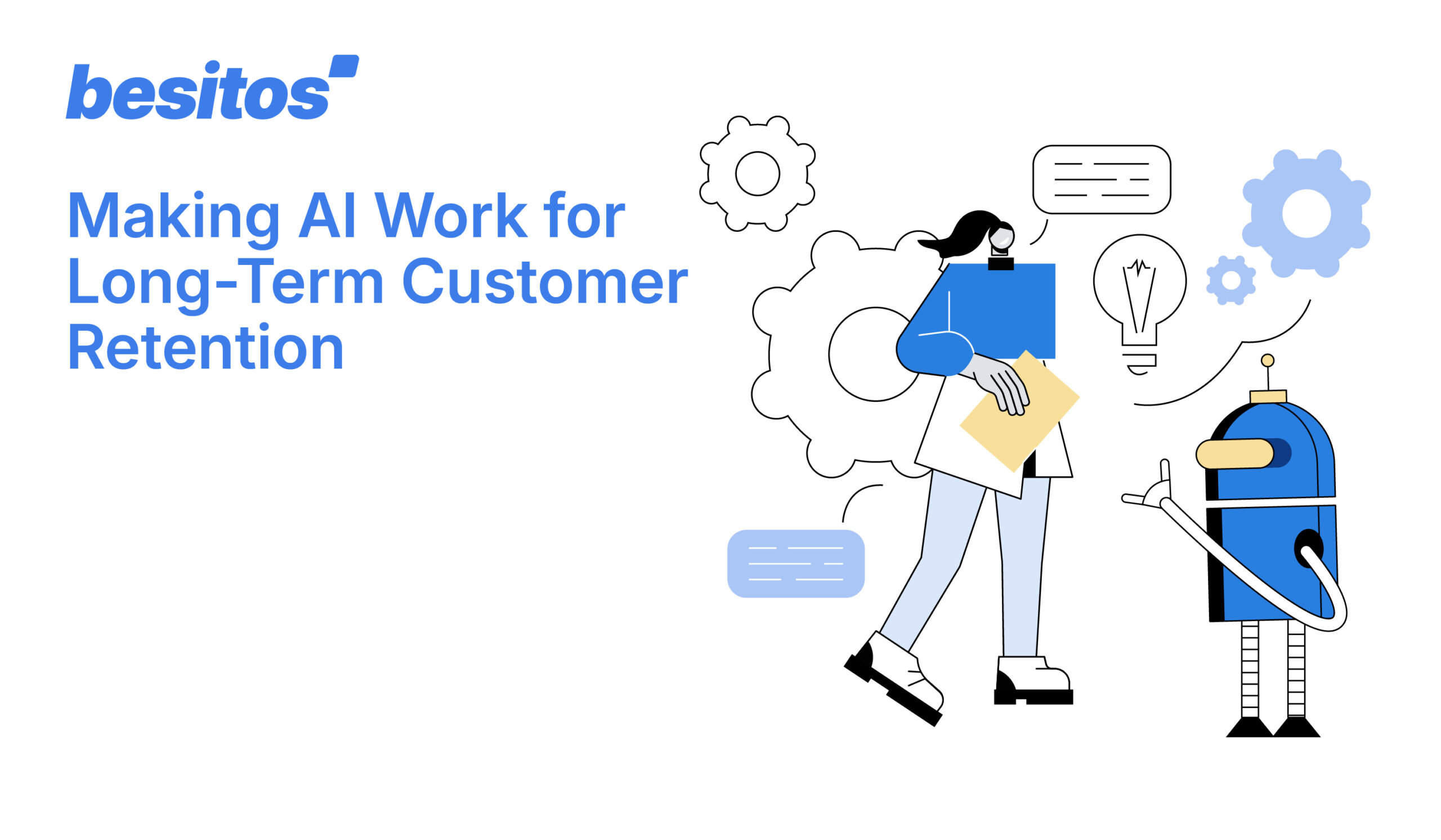Personalization used to be the edge. Now, it’s the baseline. Most platforms can algorithmically predict what a user might want to see next. But when users can install, try and abandon apps in seconds, keeping them around takes more than automation.
Customer retention now hinges on relevance, not just in individual content or offers, but in how those touchpoints add up to something meaningful over time. AI makes it easier to predict behavior, but turning that into affinity — a lasting sense of connection and commitment — is the harder, more human challenge.
This article explores how leading platforms are evolving from predictive engagement to purposeful retention, designing systems that give users reasons to stay, return and build momentum.
Why Predictive Personalization Isn’t Enough Alone
AI has transformed how we deliver content, offers and experiences. Platforms can now predict with impressive accuracy what a user is likely to click, play, or buy next. But predictive personalization alone doesn’t guarantee long-term engagement.
That’s because most recommendation engines are built to optimize short-term actions — the next tap, the next view, the next swipe. They’re engineered to spark immediate interaction, not ongoing commitment. And while that might hold attention for a moment, it rarely builds a meaningful connection or sustained usage.
True customer retention doesn’t come from serving what’s merely probable. It comes from helping users feel like they’re making progress — that their time, effort and interaction lead somewhere. Without that sense of direction, even the most personalized feed can start to feel hollow.
In other words, knowing what users might do next isn’t the same as giving them a reason to keep coming back.
Build Retention by Fueling Momentum
Personalization can help users take the first step, but customer retention is built when they keep going. Each action should lead to progress, not just another impression.
Platforms that prioritize progression over passive interaction are seeing stronger long-term results. Here’s why:
- Progress drives purpose: When users feel like they’re moving forward, completing a task, reaching a milestone or unlocking value, they’re more likely to return.
- Effort signals intent: Users who invest time or effort are more engaged than those who simply tap or scroll. That behavior compounds over time.
- Reward loops reinforce habits: When progress is acknowledged or incentivized, it builds positive reinforcement, turning casual behavior into commitment.
Design Flexible Paths That Keep Users Engaged On Their Terms
Rigid funnels assume every user follows the same steps in the same order. But real users don’t behave that way. They explore, stall, return and progress on different timelines, and retention systems need to meet them where they are.
Modern AI makes it possible to adapt to those behaviors in real time. Instead of pushing users through static flows, smart platforms can create flexible paths that adjust to individual patterns, whether someone’s engaging daily, weekly or intermittently.
For example, a gaming app might offer a bonus milestone to a returning user who hasn’t played in a week, while a more active player sees a new tier of rewards unlocked for daily progress. Both paths feel relevant, even though they’re personalized in very different ways.
The goal isn’t to force consistency, it’s to create continuity. By meeting users where they are, adaptive experiences deliver timely, relevant incentives that sustain momentum.
Tap Into the Psychology of Progress To Deepen Retention
The human brain is wired to respond to progress. When someone completes a task or achieves a goal, it triggers a release of dopamine, the neurotransmitter linked to motivation, learning and satisfaction. But it’s not just the reward that matters; it’s the effort behind it.
When users put effort into achieving something (even a small goal), the result feels more meaningful. This is known as the “effort justification” effect: people tend to assign greater value to outcomes they’ve worked for. Additionally, the Zeigarnik effect — our tendency to remember and return to unfinished tasks — makes incomplete progress feel mentally sticky, drawing users back to pick up where they left off. That emotional investment deepens their connection to the experience and increases their likelihood of sticking with it.
Retention systems that tap into this feedback loop can create longer-lasting user relationships. Here’s why:
- Progress creates meaning: When users feel like they’ve earned something, it builds emotional investment instead of just transactional behavior.
- Dopamine reinforces behavior: That sense of achievement makes users more likely to return and repeat the action.
- Voluntary effort increases value: When users opt in and put in work, the outcome carries more weight and the platform becomes part of their success story.
- Earned rewards feel aligned: Users are more likely to trust and continue engaging with experiences that feel fair, intentional and personalized.
Ready to Turn Affinity Into Retention?
AI can predict what your users might do next, but customer retention comes from giving them a reason to keep going. As platforms evolve from algorithmic targeting to experiences that build sustained engagement, there’s more opportunity to make each interaction feel meaningful, not mechanical.
Besitos helps partners do exactly that. By embedding milestone-based offers directly into your own environment — with zero backend lift — you can use AI-powered insights to drive engagement, build loyalty and grow lasting value.
Contact us to explore how Besitos can support your retention strategy.
